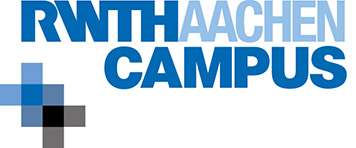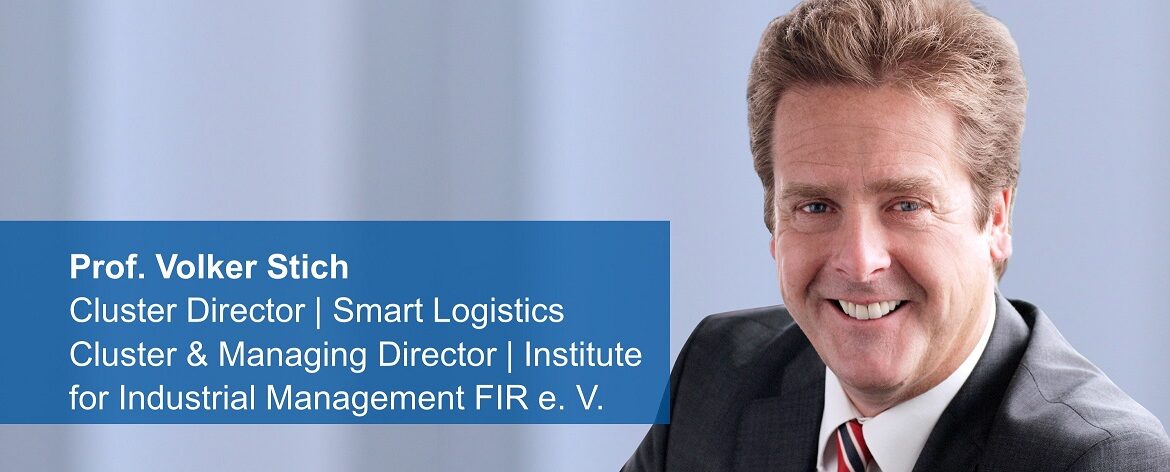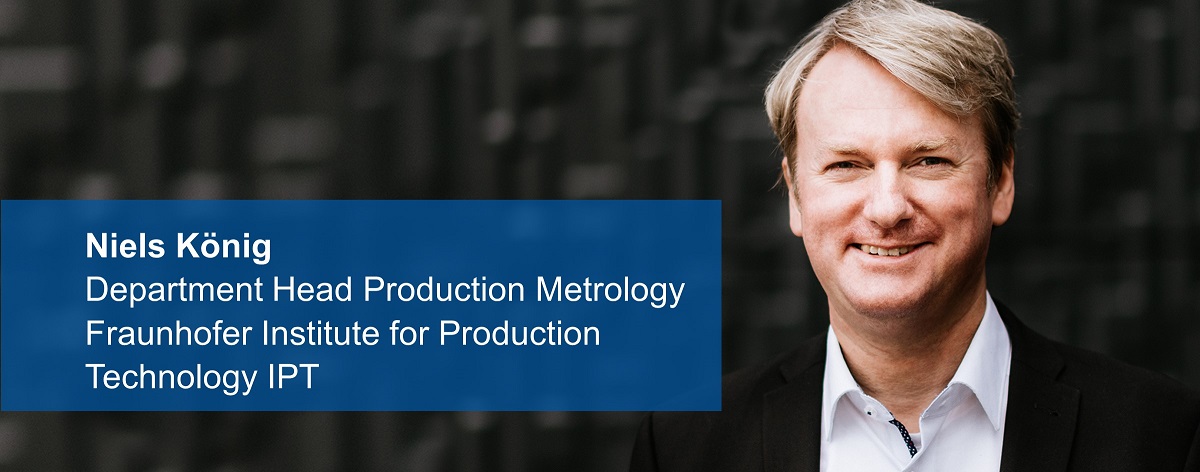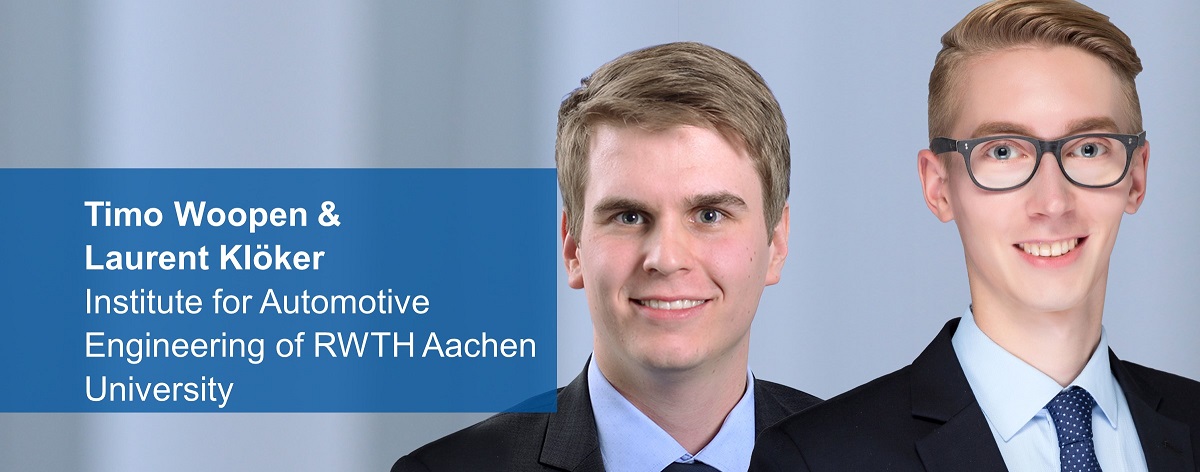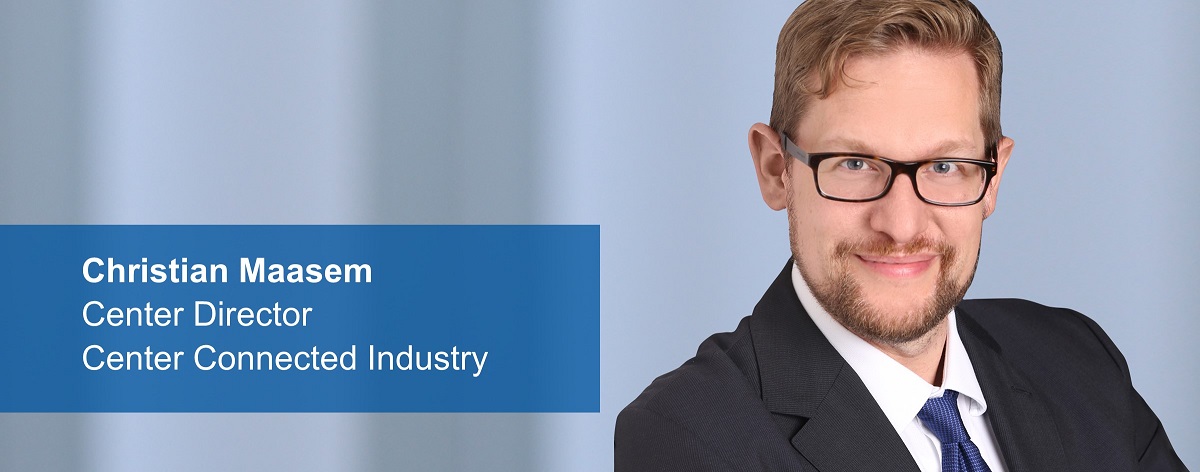13. July 2021
Interview with Prof. Volker Stich I Director of the Smart Logistics Cluster and Managing Director at Institute for Industrial Management FIR about new technologies, potential and the Demonstration Factory on campus
Professor Stich, what is the role of FIR in the 5G-Industry Campus Europe (5G-ICE) project, in which you collaborate with partners at Fraunhofer IPT and at Laboratory for Machine Tools and Production Engineering (WZL)?

DFA
How about the collaboration between research and industry?
Please describe the benefits of 5G in a day-to-day production environment.
Short latency times, a high number of connected devices or high data rates are the objectives of 5G. How far have you come at the Demonstration Factory and what are you doing there right now?
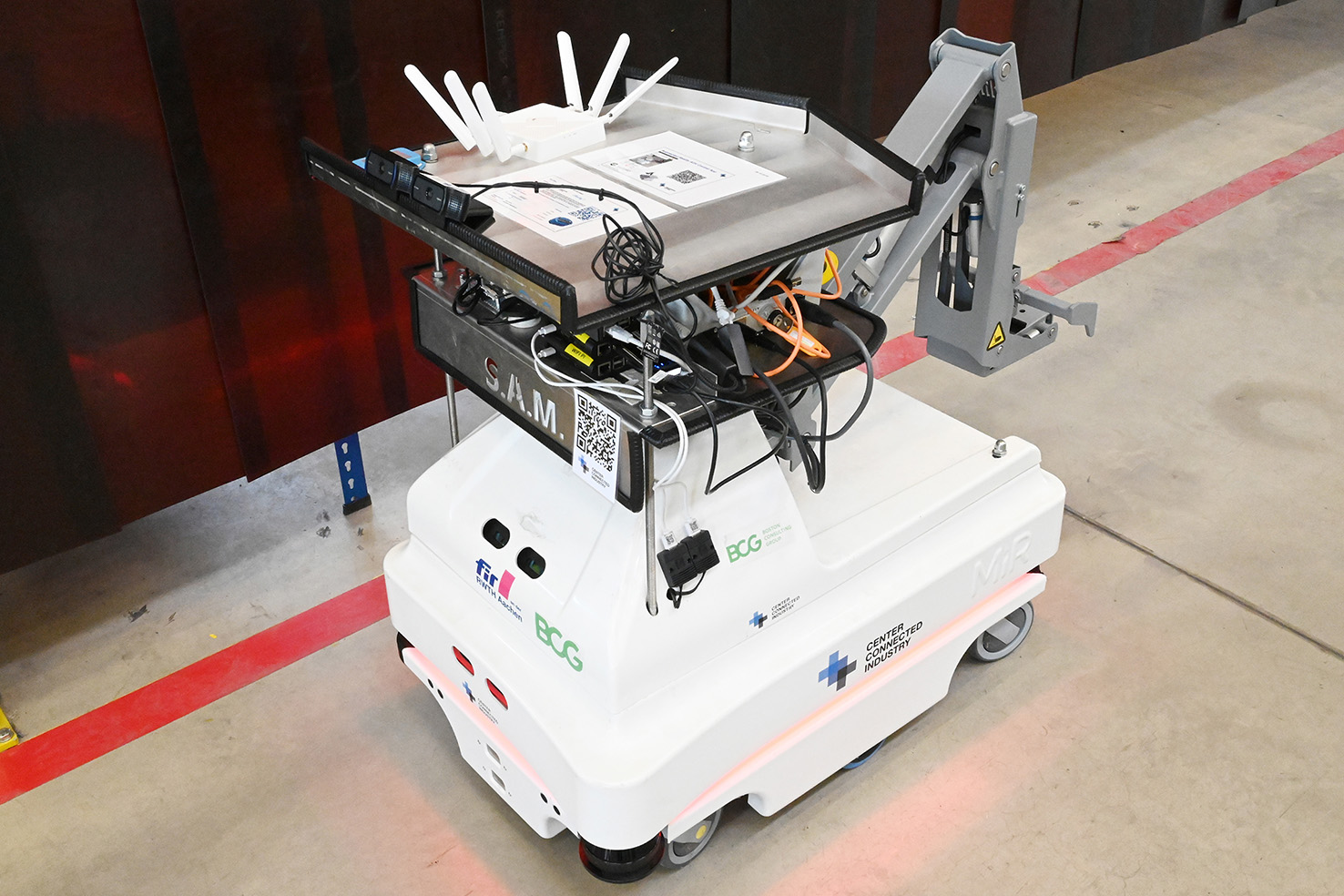
Fraunhofer IPT
Second finding: 5G is a very stable basic service, as you can connect not just one, but many devices. The transmission mast doesn’t care how many devices there are. That is the point, where this technology becomes interesting for businesses, and the automotive industry in particular is working on relevant concepts.
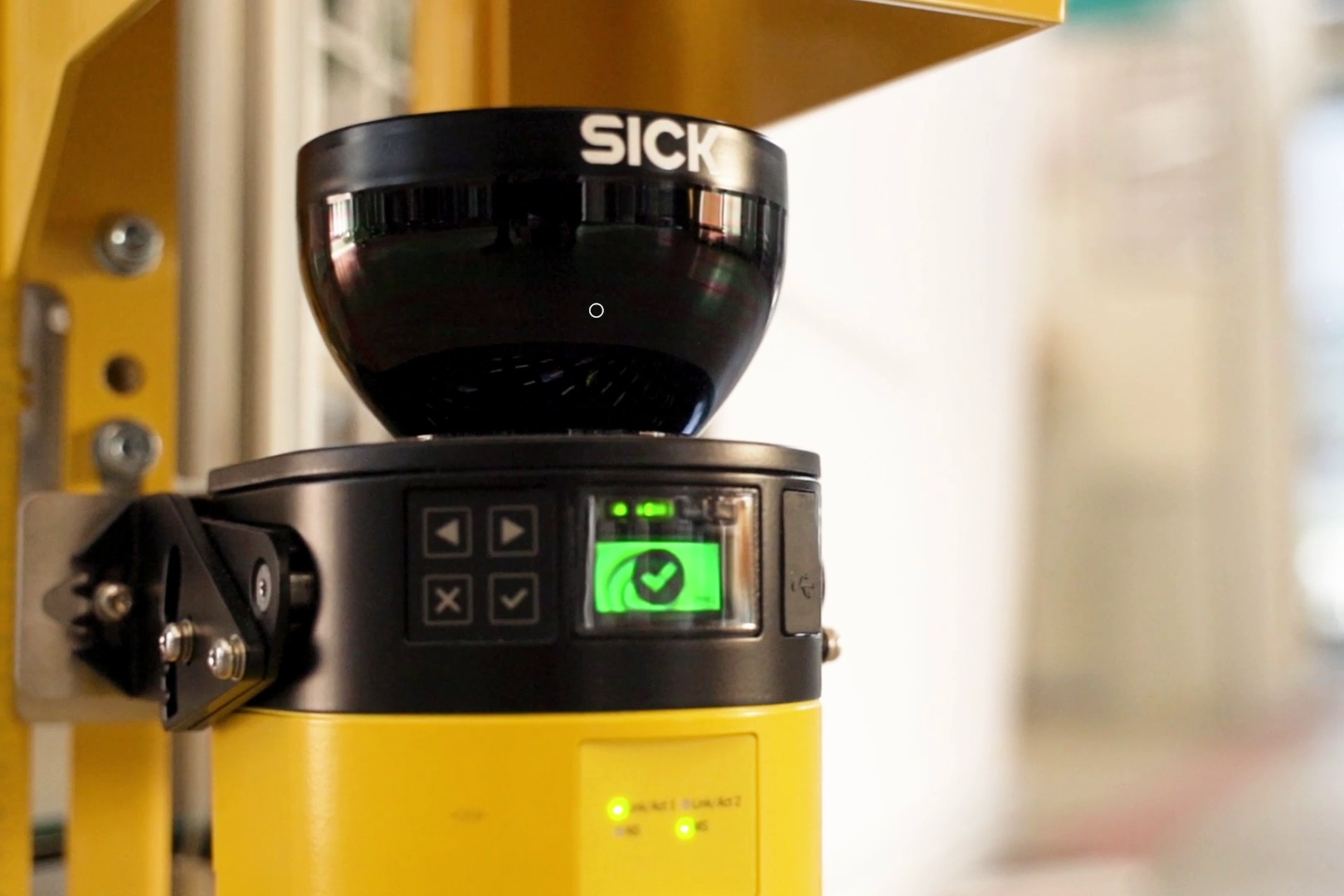
CCI
Mid-sized companies are hoping to increase productivity with 5G. How will you meet that expectation?
The first is the most non-committal. We report about concrete examples in layman’s terms. In the end, mid-sized companies simply want a functioning solution.
The second stage: A mid-sized company asks us to demonstrate an example. That is why we had lots of guided tours for visitors during times without Corona – about five per week. We had and still have inquiries from NRW, from Northern and Southern Germany, from small and mid-sized companies, as well as from multinationals.
The third stage culminates in direct advice and support on site, once a company decides to work with 5G. This is right still a bit of a rare occurrence at the moment, as companies are hesitant to commit to 5G for a variety of reasons.
Do you have an example for where that was done?
Or there is the example of Bosch. Bosch installed hundreds of microphones in one of its factories to find out where a machine was having trouble or possibly even threatened to fail. It would be impossible to connect all these microphones with each other using any of the popular communication standards. But 5G could do it.
Plus 5G is also energy-efficient. All these microphones need is a battery change every ten years.
What about autonomous driving?
Another is that local residents often claim that 5G radiation is a health hazard and should therefore be avoided at all costs in the inner city. Some of the discussions are excessively exaggerated and lack substance. There have been many years of studies and analyses carried out at the Aachen University Hospital, and it has also amassed the largest database on studies on the effects of 5G on the human body.
Let’s talk about small and mid-sized companies. Where do we stand in terms of user-oriented development in Germany?
Additionally, of the three largest global providers – namely Ericsson, Nokia and Huawei – two are located in Europe. We work very closely with them. However, users from small and mid-sized companies are often not yet aware of the difference between the consumer network, i.e. Telekom, Vodafone, etc., and the private industrial network. With our partners, we are now in a position to set up a 5G network on site for one or two days to test the opportunities 5G could bring for individual companies.
But confusion still reigns among small to mid-sized companies, as they are continuously told to wait for the next new wireless LAN standard or even 6G, as that is sure to come at some point!
In effect, they are being talked out of an excellent technology. All it does is stir up unnecessary doubt.
Does that mean that the technology dimension is still being underestimated?
How could a small business owner now build such a 5G network?
Firstly, we do a so-called technical feasibility study with the individual company, meaning we find out, whether it fulfills the necessary requirements.
Secondly, we jointly develop a customized project plan defining the steps the company will have to take in preparation for the transformation. That will include data infrastructures, data models and an oftentimes extremely heterogeneous IT landscape, because companies can quickly run up around twenty different IT system applications.
Once we have created this digitization roadmap, we then proceed with the third step: the business case calculation. How much does all that cost and what are the benefits? We have developed a proprietary process for that.

